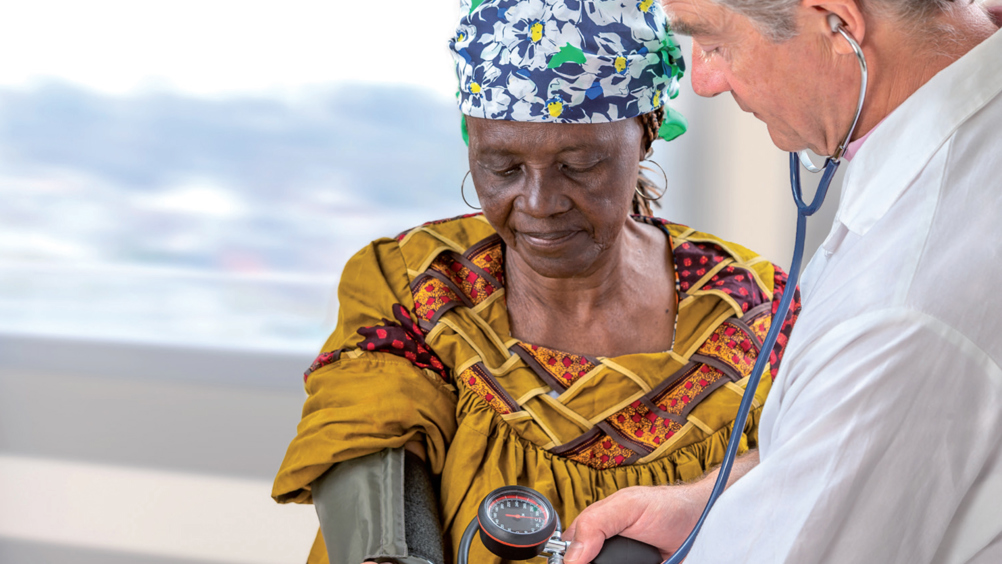References
Refugees, migrants and health

Abstract
George Winter discusses the continuing health disparities that exist for refugees and migrants, an issue that has only become more prevelant during the ongoing COVID-19 pandemic
On 20 June 2017 – the United Nations World Refugee Day – Abbas et al (2018) convened a workshop during the 4th International Conference on Prevention and Infection Control in Geneva. The authors note that article 23 of the 1951 Refugee Convention and article 25 of the Universal Declaration of Human Rights guarantee the right of refugees to access physical and mental health services at the same level as other residents.
An important strand that contributes to the current state of global flux is the movement of populations that have either been forcibly displaced or have left their home countries for economic and/or related reasons. The range of conditions that can burden such vulnerable populations not only include psychiatric illnesses like post-traumatic stress disorder and depression, but as Abbas et al (2018) report: ‘The prevalence of certain chronic parasitic diseases in asymptomatic migrants reflects, in general, the epidemiologic burden at the country of origin and may be high, up to 5.8%, 48.5%, and 56.1%, for schistosomiasis, Chagas disease, and strongyloidiasis respectively’ and the prevalence of chronic viral diseases, such as HIV, hepatitis C, and hepatitis B is also greater than in host populations and can be as high as 2.3%, 1.3%, and 14%, respectively, depending on country of origin.
Register now to continue reading
Thank you for visiting Journal of Prescribing Practice and reading some of our peer-reviewed resources for prescribing professionals. To read more, please register today. You’ll enjoy the following great benefits:
What's included
-
Limited access to our clinical or professional articles
-
New content and clinical newsletter updates each month

